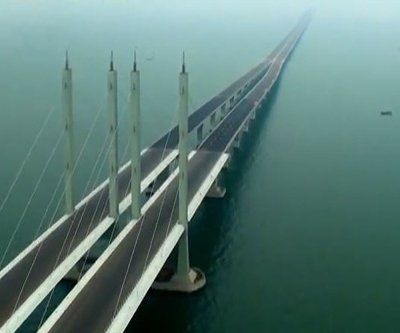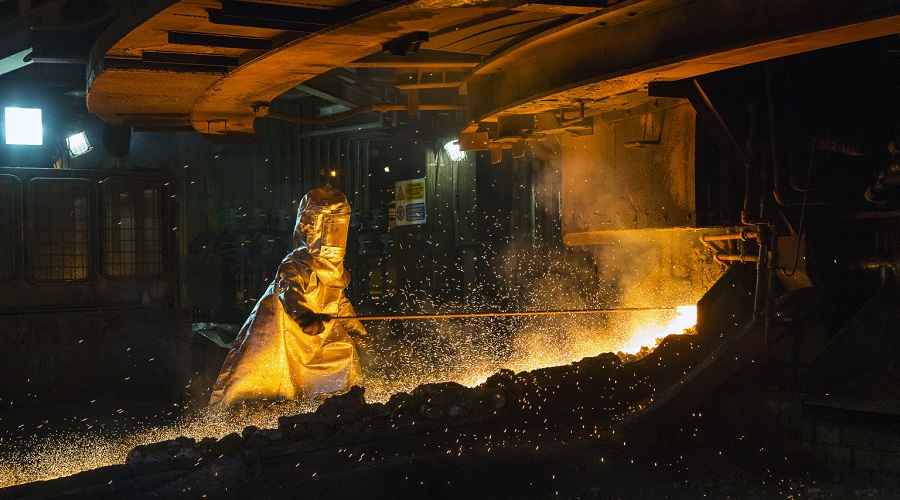Here is China’s Bridge to Nowhere. It also happens to be the world’s longest

On Tuesday the globe’s most active steel futures contract – Shanghai rebar – dropped to its lowest level this year dragging down iron ore with it, the strongest indication yet that China’s construction boom may be coming to an end.
A proxy for economic growth, China almost produces more steel per year than the rest of the world combined and output is still running at a breakneck pace of 2 million tonnes per day.
But China may be have been building on sand. Evidence of shoddy work – even in the richest coastal regions homes have to be rebuilt on average every six or seven years – and overbuilding is abundant in China’s ghost towns, ghost amusement parks and ghost malls, but even flagship engineering projects now appear to have been built with little regard for real world economics.
The Financial Times (sub required) takes an in-depth look at China’s construction and fixed investment driven economy and argues that the 42 kilometre eight-lane bridge near the city of Qingdao could be China’s equivalent of the infamous Alaskan ‘Bridge to Nowhere‘ that played such a big part in the 2008 US presidential election:
But the rush to catch up has been unseemly. Although its capital stock should be expected to converge with that of more developed economies, this should happen over many decades, not overnight, Mr [Nick] Lardy [of the Peterson Institute for International Economics in Washington] says. Nearly two-thirds of capital stock has been created since 2003. Simply put, China has built too much, too quickly.
Back in Qingdao, officials privately admit the world’s longest bridge was a mistake. The idea of a local Communist party chief, since sacked for corruption, it serves a suburban district that is also connected to the city centre by an undersea tunnel, several ferry routes and a highway that runs along the water’s edge. Though it was designed to carry 30,000 vehicles a day, an executive in a government-backed construction company says it is registering just 10,000.
 Qingdao was one of China’s first so-called Development Zones designated by the communist party in the mid-1980s when it decided to open the country’s economy to the outside world.
Qingdao was one of China’s first so-called Development Zones designated by the communist party in the mid-1980s when it decided to open the country’s economy to the outside world.
The $2.3 billion Jiaozhou Bay Bridge took only four years to complete and broke several world records and won numerous prizes in China. At the time of the opening of the bridge in July last year China Daily spoke to some residents of Qingdao about the project:
Guan Hua, a 30-year-old woman at a local shipping company, was excited about the bridge.
“I have to travel back and forth between Huangdao and downtown and other places in Qingdao for work and sometimes for fun with friends,” she said. “It was annoying to have to fight the downtown traffic for the expressway entry to reach the destinations.
“In addition, traveling will be more pleasant with the sea views from the bridge,” she added.
Sixty-one-year-old Yu Zhong’ai, from Xuejiadao community of Huangdao district, said he had to spend nearly three hours traveling from his place to visit his daughter in downtown Qingdao.
“But with the bridge I will save at least one hour,” he said.
{{ commodity.name }}
{{ post.title }}
{{ post.date }}




Comments